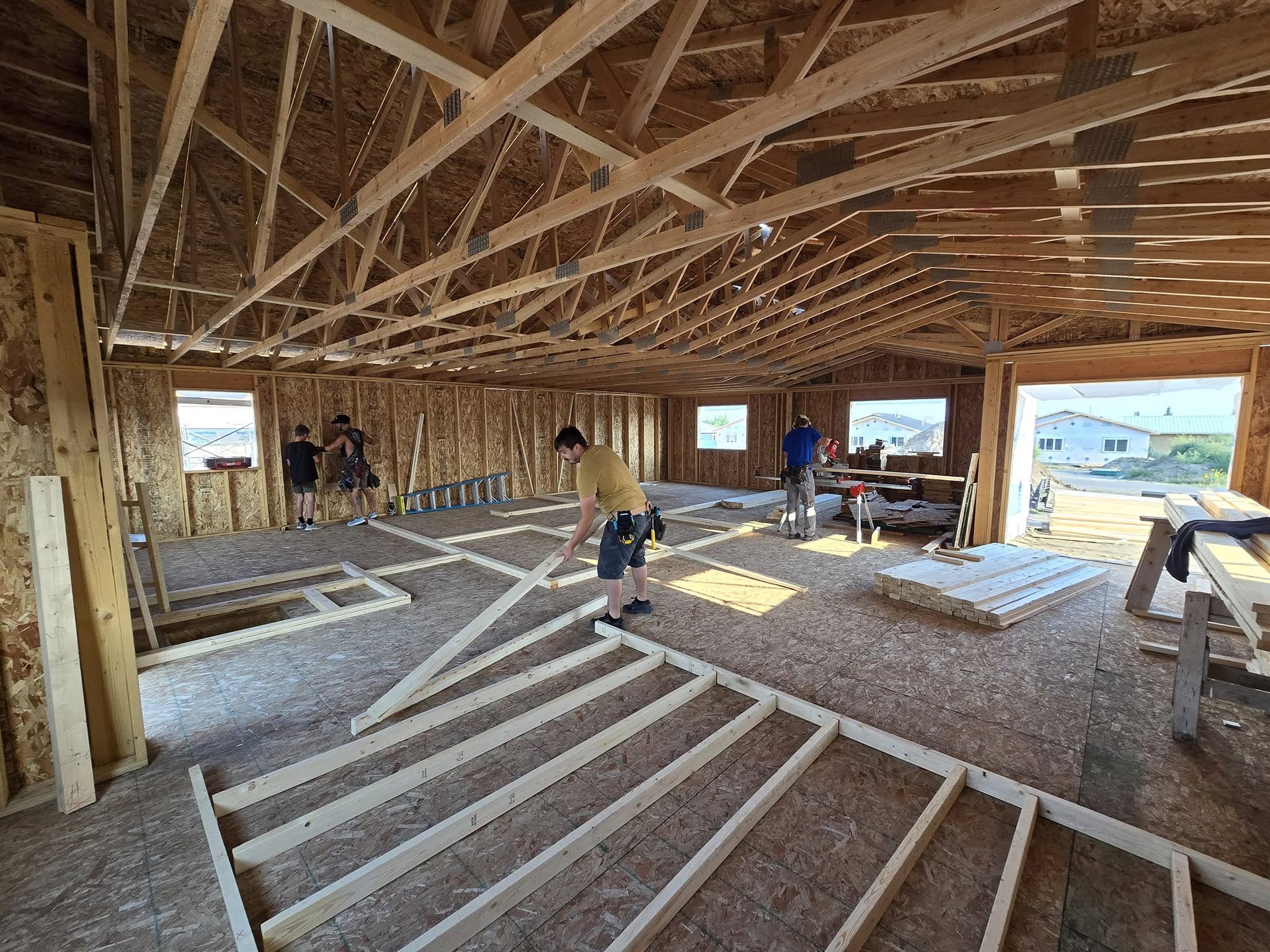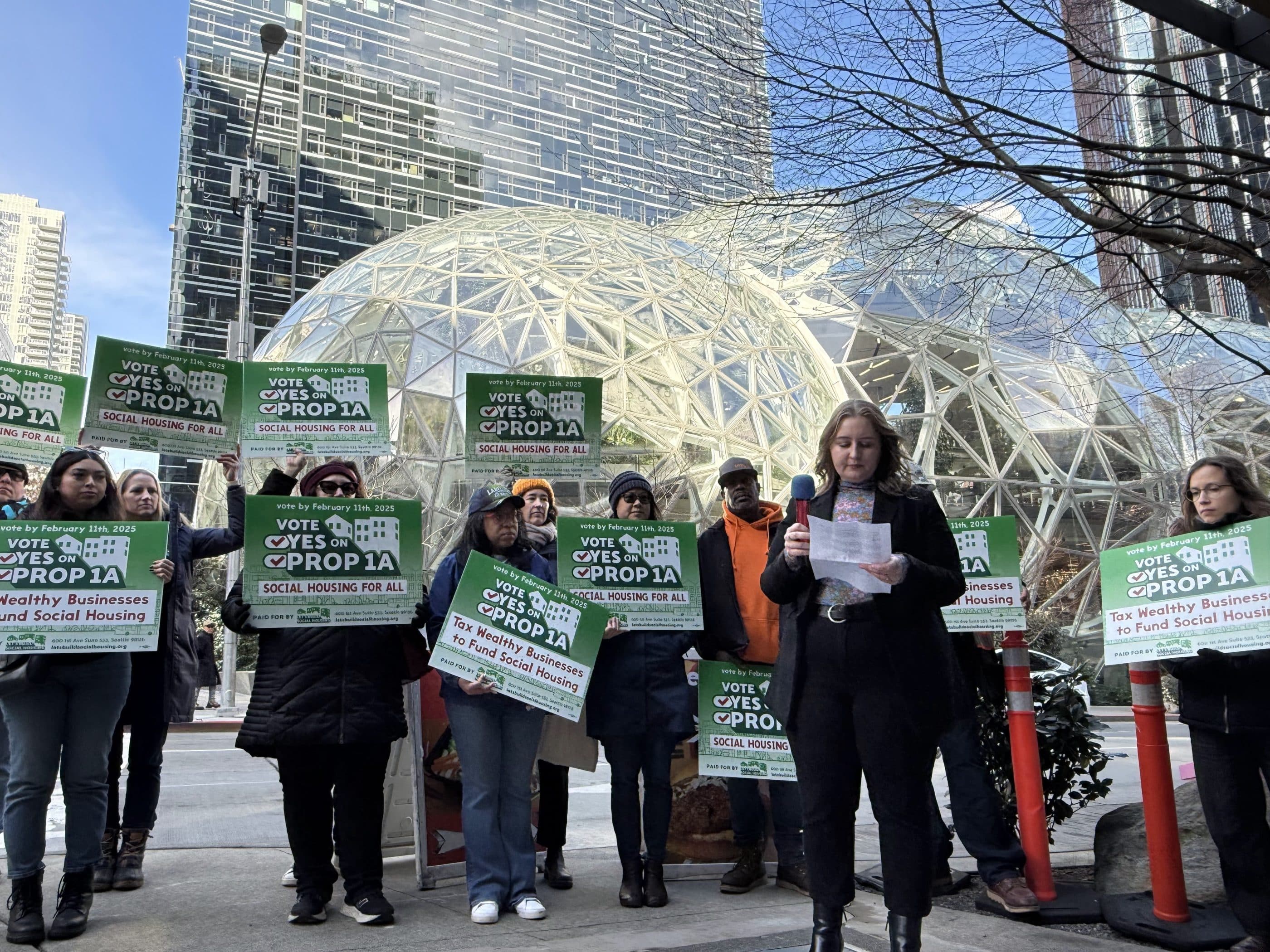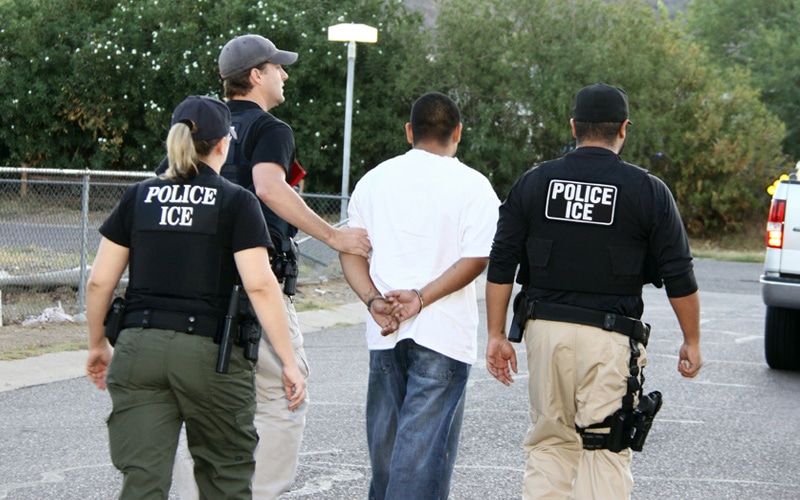
While I agree with the premise of impact investing—that it is possible to do well while doing good—I am afraid that absent extraordinary diligence, its promise won't be realized in the most persistently impoverished places in America. My concern grows out of my two decades of experience in community development finance in the Mid South as CEO of HOPE.
When it is suggested to me that impact investing is the tool that will direct capital into places like the Mississippi Delta and into organizations like the CDFI I lead, I think about the distinctive features of persistent poverty areas that make this avenue unlikely.
Impact investing, like the capitalist system it attempts to harness, rewards institutions and places with proximity to thriving economies, political power, and population density. Those are advantages we just do not have. Here are examples of two government initiatives in impact investing with the best of intentions, and, certainly, with good measurable results—they just haven't worked proportionately well here in the Mid South.
The first is the New Markets Tax Credit (NMTC) Program. An analysis of the locations where these credits were deployed between 2005-2013 showed that while the nation has 384 counties defined as persistently poor (with at least 20 percent of people living in poverty for more than 30 years), 71 percent of the credits invested in persistently poor counties went to just 6 counties. The winners: Baltimore, New Orleans, New York (Bronx, Brooklyn), Philadelphia, and St. Louis. While some places in these big-winning counties are undeniably deserving of NMTC investment, the remaining persistent poverty counties, where only 29 percent of the tax credits were allocated, account for 65 percent of the total population in persistent poverty counties in the United States.
To further illustrate this point, consider two states: Maine, a state with no persistent poverty counties, and Mississippi, where 59 percent of the counties are persistently impoverished. Between 2002-2014, NMTC allocations to organizations in Maine totaled $919 million. In Mississippi, the figure was $351 million. And, Maine has less than half the population of Mississippi.
The second is the Community Reinvestment Act (CRA), in law since 1977, which requires banks to invest in the communities where they have branches. In order to comply with CRA, a bank must meet credit needs of all the communities in its geographic footprint. This is good government policy because it creates incentives for banks to invest in distressed communities, from which they also extract profits, including ones in which people have limited incomes and ones that include majorities of people of color. However, CRA is of limited use in attracting capital investment into the persistently poor places like the Delta, Appalachia, and Indian country.
The banking market has changed significantly in recent decades. Bank mergers and retrenchment have led to a national bank model instead of a branch-based model. Despite the fact that national banks have significant numbers of customers in our region, there are relatively few branches here, so the banks have little incentive—i.e. they get no CRA credit—for investing here.
An analysis by the Federal Reserve Bank of Atlanta showed that 19 of the 20 largest banks in the Sixth District of the Federal Reserve Bank, which includes the relevant Mississippi counties, have CRA assessment areas that do not include any of the 23 persistent poverty counties in the Mississippi section. The poorest counties wither outside of CRA’s reach.
Impact investing, like any other tool, has limitations. In order to make sure impact investing reaches into the most persistently poor places in America, its proponents must remember these key points:
- Right-sized expectations. Community development investing in places with no proximity to thriving economies, little political clout, and sparse populations requires committed investors who can invest capital for long periods, and for modest returns. This is in contrast to urban areas, where efficiencies and scale tend to make opportunities more abundant and returns more competitive.
- Direct capacity-building for durable institutions. This is a recommendation of the National Advisory Board on Impact Investing. When impact investors complain about a dearth of investment-ready deals, one thing they note is a lack of expertise around structuring such deals. Failure to invest in persistent poverty places makes this a self fulfilling prophecy.
- Holistic, place-based strategies. Generations of disinvestment in persistent poverty has led to market failures that require comprehensive approaches. Forcing communities to go after the “solution of the moment,” funding (i.e., charter school financing or low income rental housing) ignores the fact that the community may have other, more pressing, needs. Adequately capitalized, a CDFI familiar with local markets can strategically target investments in businesses whose workers earn living wages, housing, health care, and education, and other initiatives that address immediate needs, while building capacity and strengthening economies in areas of entrenched poverty.
With attention to these priorities, impact investing can realize its potential in even the most challenging and persistently poor places.
(Photo: A HOPE team member in the Mississippi Delta helping a credit union member with a loan. Courtesy of HOPE.)




Great article! I’m chagrined to learn that Baltimore was one of only 6 jurisdictions that received >70% of the NMTC benefit. Not that we don’t need this kind of investment in persistently poor, isolated and segregated neighborhoods within Baltimore. But consistent with the point of the article, few of the NMTC deals are in those places.
To illustrate, one of the first deals was renovation of a historic but unused mill into luxury rentals, offices, etc. The mill is located near my office, in a 19th century mill valley, on the edge of an historically white (now white hipster) neighborhood, geographically separated from black neighborhoods of West Baltimore. Cool project and has spurred similar mill renovations nearby. But no connection to ostensible purpose of injecting capital to spur revitalization of poor neighborhoods.